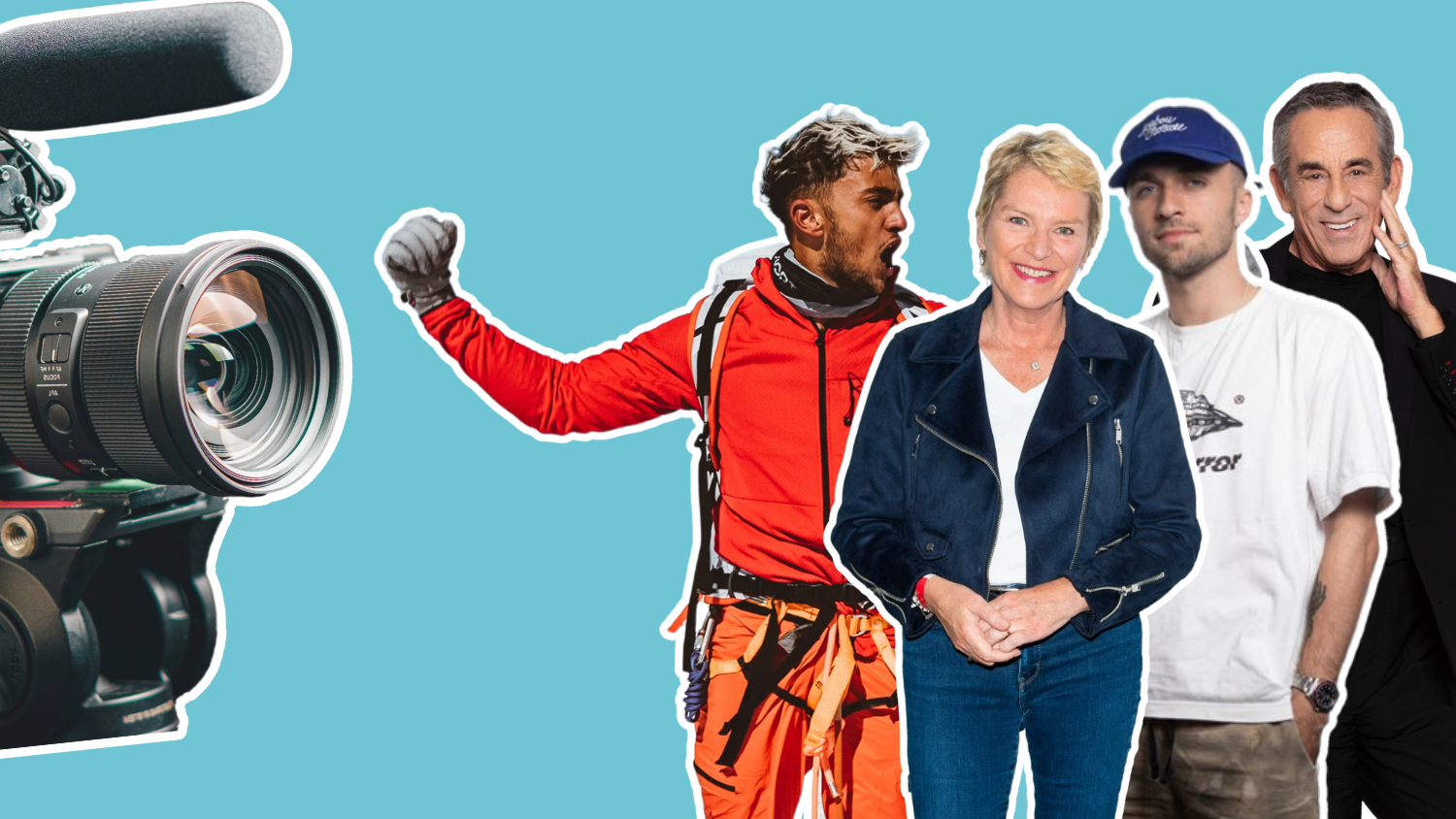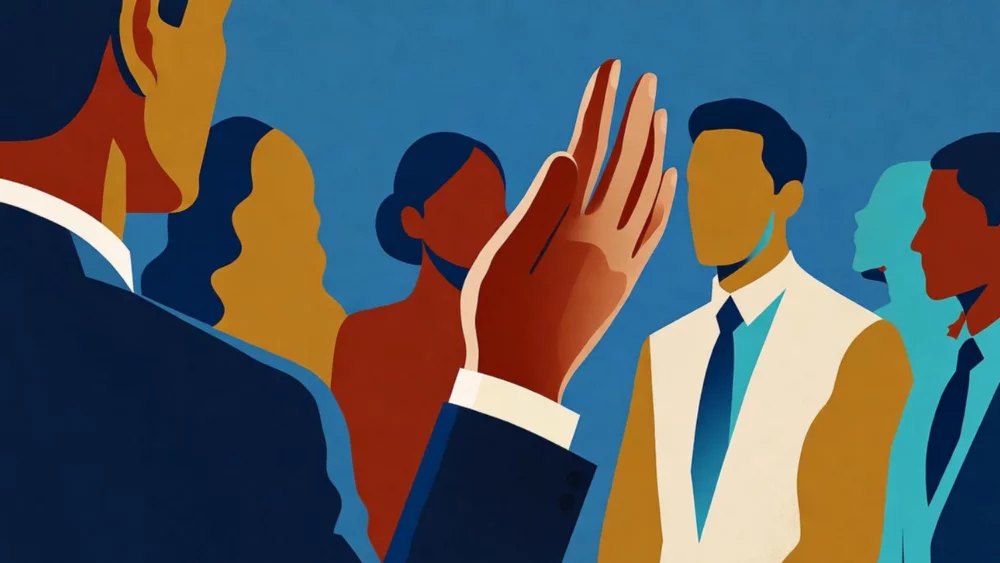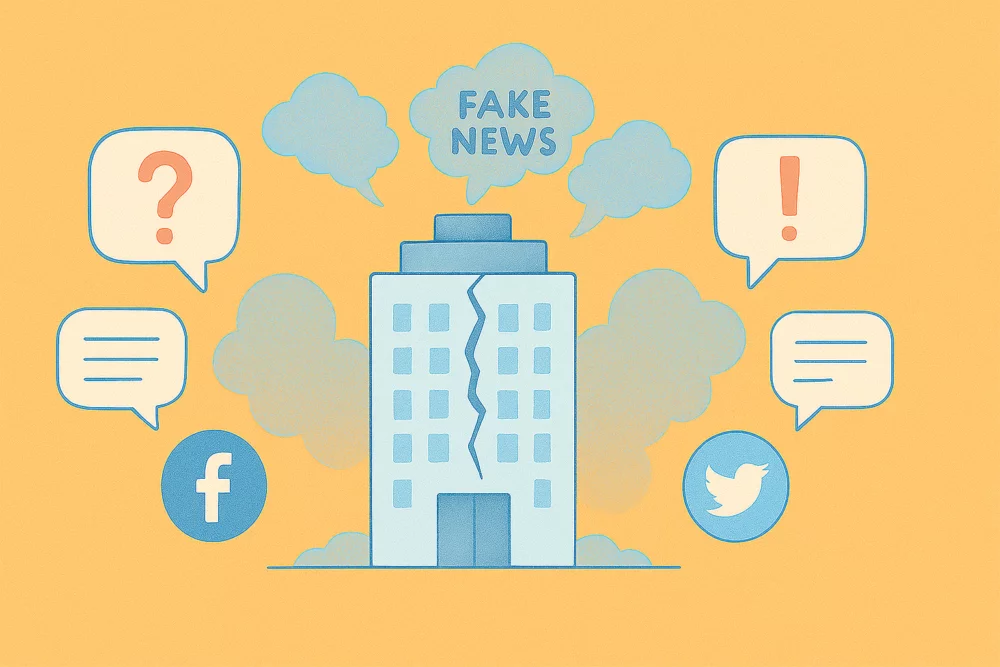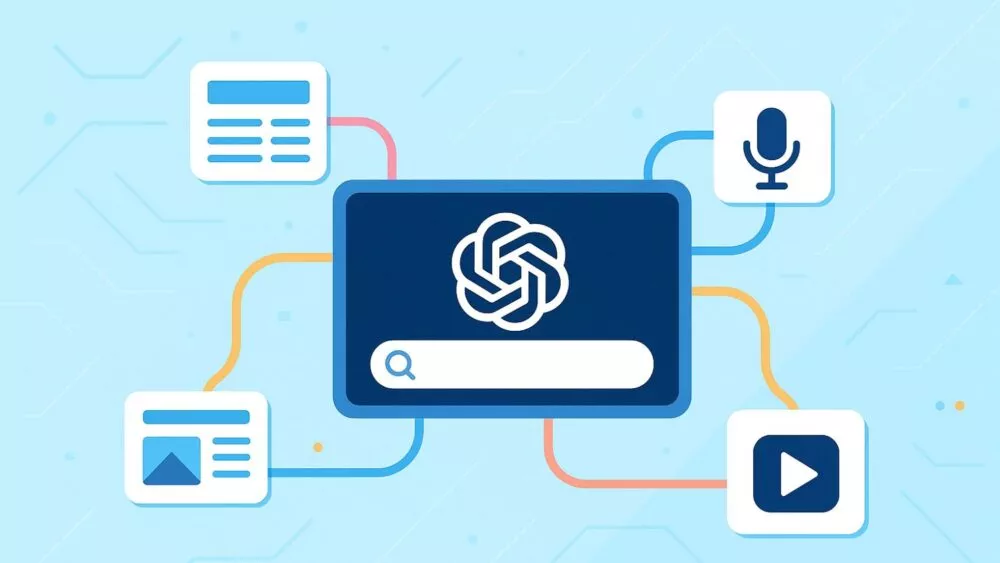“You have become the idol of a whole generation of future unemployed people who spend their time loafing on YouTube,” Thierry Ardisson said in 2014 to Cyprien, the first YouTuber of that time. On the set of the show Salut les Terriens, the host called the videomaker “Mr. 100 million views” who “makes dumb videos in his bedroom,” before asking if he saw his profession “as easy money or a real job.”
In 2017, it was Squeezie’s turn to be grilled by the presenter during the promotion of his book. “We have seen plenty of slackers on this show, but this one is magnificent!” shot Laurent Baffie, Thierry Ardisson’s sidekick and the show’s “sniper.” The internet flared up and criticized the tone of the show as disdainful. With 19 million subscribers today, the 28-year-old YouTuber reflected on this event in 2023, during an interview with HugoDécrypte: “Naively, I didn’t realize what I had taken in the face!” he explained, lamenting “a real intention to ridicule or harm the ambassadors of these new media.”
YouTube, “the number one television channel in France”
Ten years after the Cyprien episode, times have clearly changed. The worlds of TV and the Internet have somewhat tamed each other. “We are witnessing an acceleration of the convergence between the audiovisual and digital worlds. The platformization of linear channels proves it,” said Michèle Benzeno, director of Webedia, a specialist online entertainment advertising agency, to MediaConnect. This convergence was recently demonstrated with “Kaizen,” the hit documentary by YouTuber Inès Benazzouz, aka Inoxtag. Initially released in theaters and on YouTube, this Webedia group production, which tells the story of the 22-year-old’s ascent of Everest, was honored with a linear broadcast on TF1 and was added to the TF1+ platform’s catalog.
These “premium” YouTube videos attract a notoriously volatile audience that is less interested in TV programs. “Only old people watch TV anymore”, noted Thierry Ardisson in 2017 during his interview with Squeezie. YouTube videos are increasingly watched via television, especially thanks to the rise of connected TVs, which account for 85.9% of TV-equipped households in France, according to a 2023 Arcom study. “Nowadays, it’s a matter of selecting formats rather than changing channels,” added the Webedia director. YouTube now proudly claims the title of “France’s number one TV channel,” according to Justine Ryst, its general director in France, in an interview with AFP this week.
Taking the digital leap
The links with linear TV are sometimes so strong that they create “crossovers.” This year, Danse avec Les Stars d’Internet appeared on Twitch. In collaboration with TF1 and BBC Studio, this variant of the famous TV dance contest featured web celebrities like Natoo, Domingo, and Gaëlle Garcia Diaz competing on the dance floor. The show was hosted by Michou, a content creator with 10 million subscribers and a former contestant on the TV version of the show. “It’s the first time TV has reached out to the Internet,” Michou said last spring on the Quotidien set. “It brings an audience organically to TF1 that might not have watched TV otherwise. It also sends a signal of modernity: suddenly, the brand becomes known among young people,” explained Alexia Laroche-Joubert, CEO of Banijay France, to MediaConnect.
To attract younger audiences, some TV personalities have chosen to adopt digital codes. For example, journalist Elise Lucet, the face of Cash Investigation on France 2, has been developing her own YouTube channel for a year. With over 400,000 views in just 24 hours, her latest video, published on October 27, is breaking records. She welcomes Squeezie in the first episode of her show Dérush. Produced by France TV, the program perfectly matches social media trends: the conversation is casual and on a couch, the video thumbnail shows the laughing YouTuber, the editing is ultra dynamic, and the journalist encourages viewers to subscribe to the channel.
Barely launched, the show seems to have found its audience. “I’m shocked by how well Elise Lucet adapted to the platform after 40 years in TV, which is very different. Big respect,” commented one internet user. “It’s stupidly well done, a genius work especially in the editing that respects the ‘Internet world,’” praised another viewer. “France TV should start promoting this format with ads on platforms. Congratulations and I’m looking forward to the next episode!”
Before Elise Lucet, other TV figures had already made the digital leap. For example, journalist Samuel Etienne and host Faustine Bollaert now offer their shows online: La matinée est tienne and MVP: ma vie pro for the former franceinfo morning presenter; Safe Zone for the testimonial show star Ça commence aujourd'hui.
New economic perspectives
Sometimes, Internet borrows TV’s style. For example, Squeezie’s show "Qui est l’imposteur" (“Who is the imposter?”) “is a concept that has always existed and inspired the old show Qui est Qui on France 2 in the 1990s and 2000s,” recalls Alexia Laroche-Joubert. Similarly, Zen, by content creators Maxime Biaggi and Grimkujow, broadcast on Twitch and YouTube, adopts the style of American late-night shows. A study by the Enders consulting firm, conducted last September in the UK, shows that YouTube videos are not only getting longer but also that 61% of the most-watched content is inspired by TV formats.
However, the influence of television on the web has consequences for production companies, which “wonder how to protect the IP (Intellectual Property) of those who have invested a lot of money in these programs,” explains Alexia Laroche-Joubert. Since YouTube’s economic model is based solely on revenue sharing from advertising, it is difficult for production companies, which depend on program rights and legal ownership, to split the pie with the American platform. “Producing a small show in your bedroom with a camera and three props can be profitable through YouTube ad revenues, but producing a Star Academy is impossible. Each has its own financing and rights model”, notes the producer of the musical reality show.
Despite this, YouTube has clear advantages for the TV world. It can breathe new life into programs originally broadcast on linear channels. This is the case, for example, with the rebroadcasting of INA archives or episodes of L’Effet Papillon (Canal+), whose online audience success continues. “Exploiting our archives on YouTube gives them a second life, monetizes them, and creates an interesting ecosystem for us, the production companies”, confirms the CEO of Banijay France. Moreover, YouTube can also be “a powerful tool for visibility, marketing, research, and development”, said its general director Justine Ryst in an interview with Ecran Total this year. According to a 2022 joint study with Canal+, 7% of the pay-TV channel’s new subscribers came from YouTube.
For Webedia’s general director, this TV-YouTube complementarity is an opportunity to “bring about new models of writing, financing, strategies, and broadcasting windows.” This leads to an evolution in production economic models. Estimated between 600,000€ and 1.2 million € by Inoxtag himself, Kaizen was fully funded by brands. This opens new perspectives.








